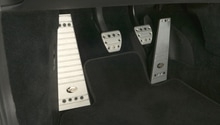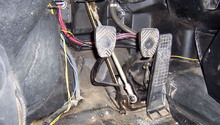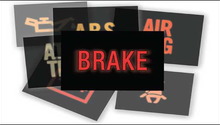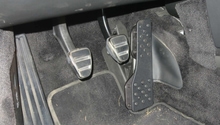Porsche 928: Why is My Brake Light On?
If your brake warning light came on, that can't be good. Did you know 928s have four different brake warning lights? Read on to figure out where the problem lies and how to fix it.
This article applies to the Porsche 928 (1979-1995).
The 928 actually has four different brake warning lights – the brake fluid light, the brake pad light, the brake pressure light, and the ABS light for the last year. The first thing you need to do is determine which light is on and go from there. After finding out the issue and fixing it, you can reset the light by unplugging your battery for a few minutes then plugging it back in.

Materials Needed
- Multi-meter
- Hex key set
- Basic hand tools: screwdrivers, wrenches, etc. (optional)
Step 1 – Brake fluid warning light
This step is the simplest. The brake fluid warning light is designed to come on if the fluid level in the reservoir drops below a certain level. The easy check here is to simply look to see if the fluid is low, and top off as required with some DOT3 or DOT4. If this fixes it, then the problem's solved. It is normal for the fluid level to drop as pads wear; this doesn't indicate a leak. It is, however, a good idea to check the pads' thickness, as low fluid can indicate low pads. If you feel the level has dropped quicker than normal, check the lines, calipers, and master cylinder (both under the hood and under the dash) for fluid leaks. There should be no visible moisture whatsoever.
If topping off the fluid doesn't fix it, then you have a problem in the sensor or wires. Use your multi-meter to check for continuity and replace the sensor if necessary.
(Related Article: Porsche 928: How to Replace Brake Fluid - Rennlist.com)
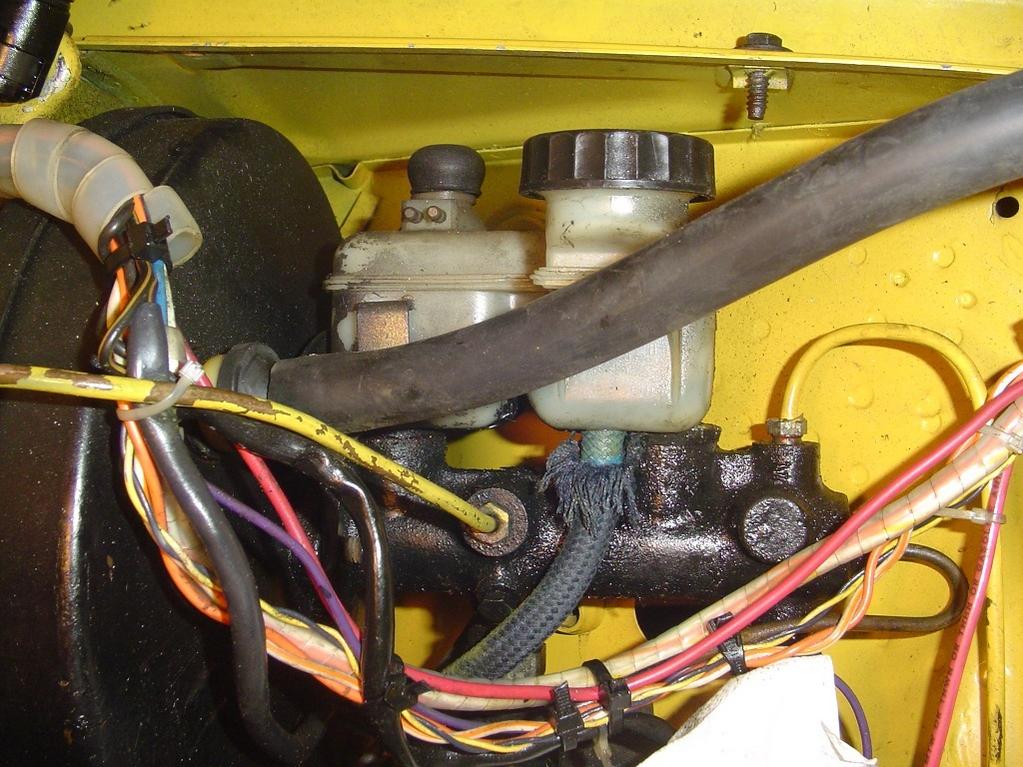
Step 2 – Brake pad light
The first thing to do is check your pads. The 928 has a tiny sensor in each of the brake pads designed to let you know when your pads are getting low. If the system is working properly, replace the pads and the light will go away as intended. If your pads aren't worn down but the light is on anyway, check for broken, frayed, or damaged wires going to the pad sensors. The wheel well is a harsh environment, and tiny wires can get destroyed over time. Remember to use the reset button on the center console to see if your fix worked. If your car doesn't have a reset button, unplugging the battery for a few minutes will do the same job.
(Related Article: Porsche 928: How to Replace Brake Pads/Calipers/Rotors - Rennlist.com)

Step 3 – Brake pressure light
In pre-1983 928s, the brake lights are activated by two pressure switches on the master cylinder, one in each pressure channel. The computer looks at the signals from these switches to make sure both channels have equal pressure. If one is higher than the other, it could indicate a leak and illuminate the pressure light. If your brakes feel normal but this light is on, then it's a good bet the sensing equipment is at fault. These pressure switches are a common failure item, so check them first.

Step 4 – ABS light
On later cars, ABS was added and can sometimes cause issues. The relay that supplies power to the unit has been known to fail occasionally, throwing an ABS light and sometimes even causing driveability issues. If the light comes on just after a brake job, ensure no wires or brake lines were damaged, then disconnect the battery for several minutes to reset the computer.
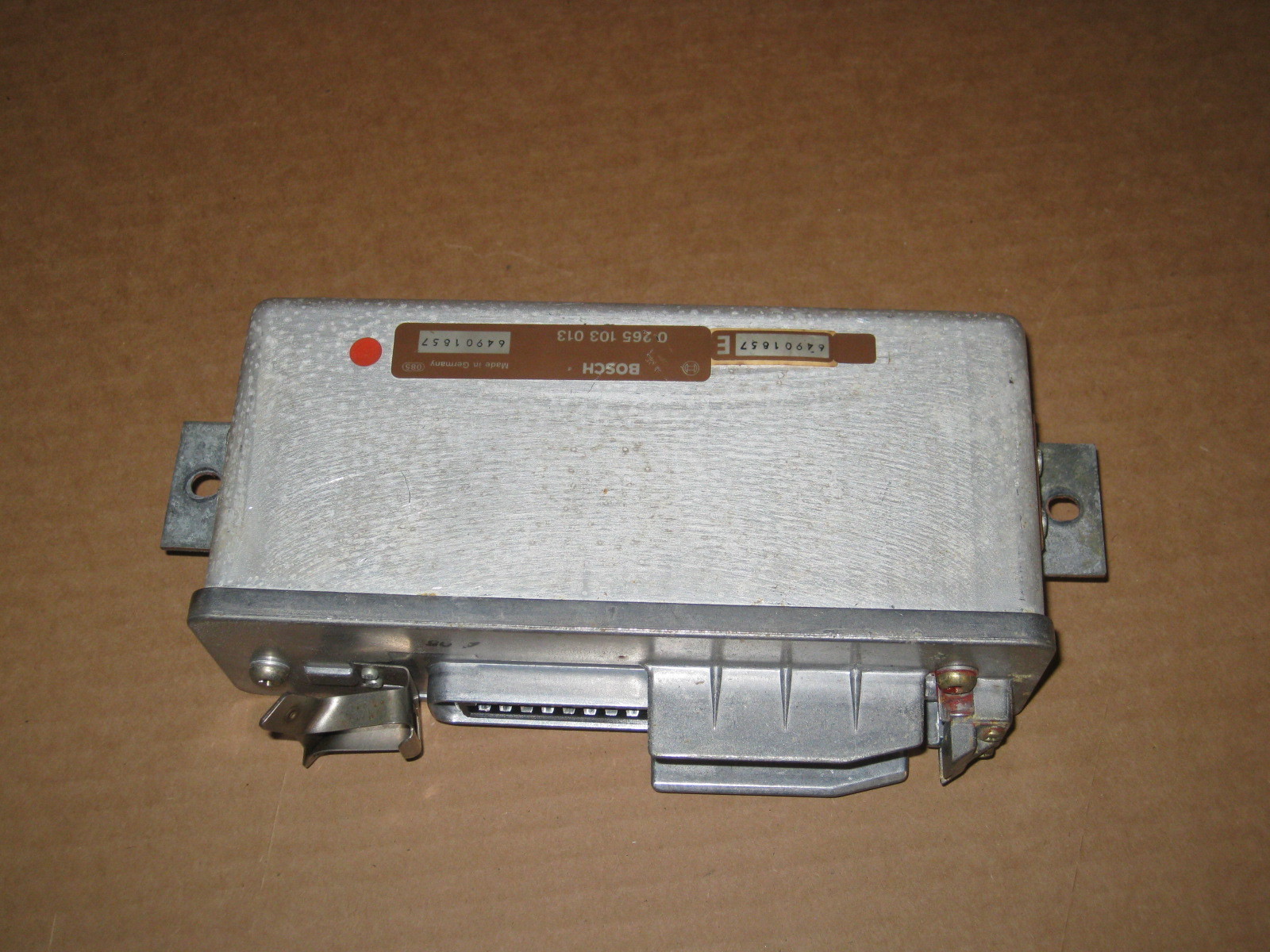
Related Discussions
- Brake Pressure Light Flashing? - Rennlist.com
- Brake Pad Warning Light Continued Help! - Rennlist.com
- ABS Warning Light Comes On - Rennlist.com

